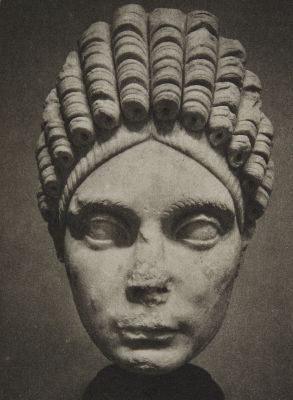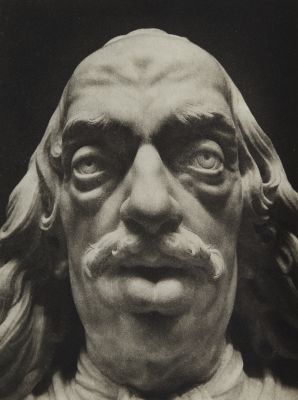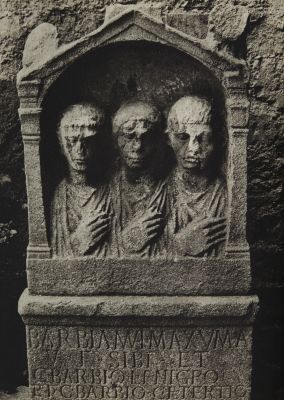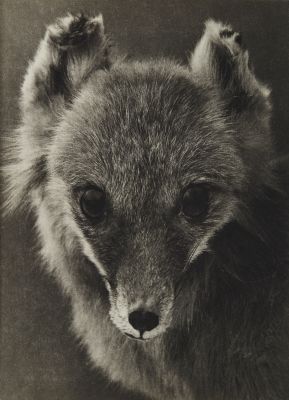
Title
Artist
Morrish, David (Canadian, b.1953)Publication
GazeDate
2004Process
PhotogravureAtelier
DeadCat Press, Ontario, CAImage Size
23 x 17 cm
This limited-edition photogravure and letterpress book presents a collection of seemingly disparate portraits which have evolved from Morrish’s fascination with the expressive nature of the gaze, especially as created by a sculptor or taxidermist. When we lock eyes with the three-dimensional representation of another sentient being, we are forced to acknowledge that they seem to regard us as well. We briefly consider that they are aware, recognizing our presence. What do we, as viewers or participants, gain from this brief experience? Is the gaze serene, loving, accusatory or menacing? Do we meet another’s eyes with fear, hostility, or shared emotions? The inanimate is given life via the inner connection which we discover when we forced to consider their viewpoint. It is not always comfortable, poetic, nor loving. We usually bring our own paranoia, guilt and longing into play and then respond to that.
The rich beauty of the historical photogravure process represents most of Morrish’s other work and is a jumping off point for his book works, artistamps and many mixed media potentialities.
David Morrish lives in Prince Edward County, Ontario and co-authored with Marlene MacCallum, Copper Plate Photogravure (Focal Press, 2003). Morrish has exhibited traditional copper plate photogravure prints since 1996, nationally and internationally. His recent research explores animal and human mortality, faux biography, provenance, collections, and the museum archive through the construction of an immersive Wunderkammer, The Lyric Cranium.
My photographic exploration of animal taxidermy has evolved from the examination of individual specimens (as portraits) to the discovery or placement of animals in unusual contexts. Although taxidermy is still in the forefront, the relationship between the animal and its environment plays a greater role, thus adding a level of mysterious narrative to each situation. The photogravure process transforms this photographic information to image-as-object and creates a dissonance far more pronounced than the artificiality of the taxidermy alone.











